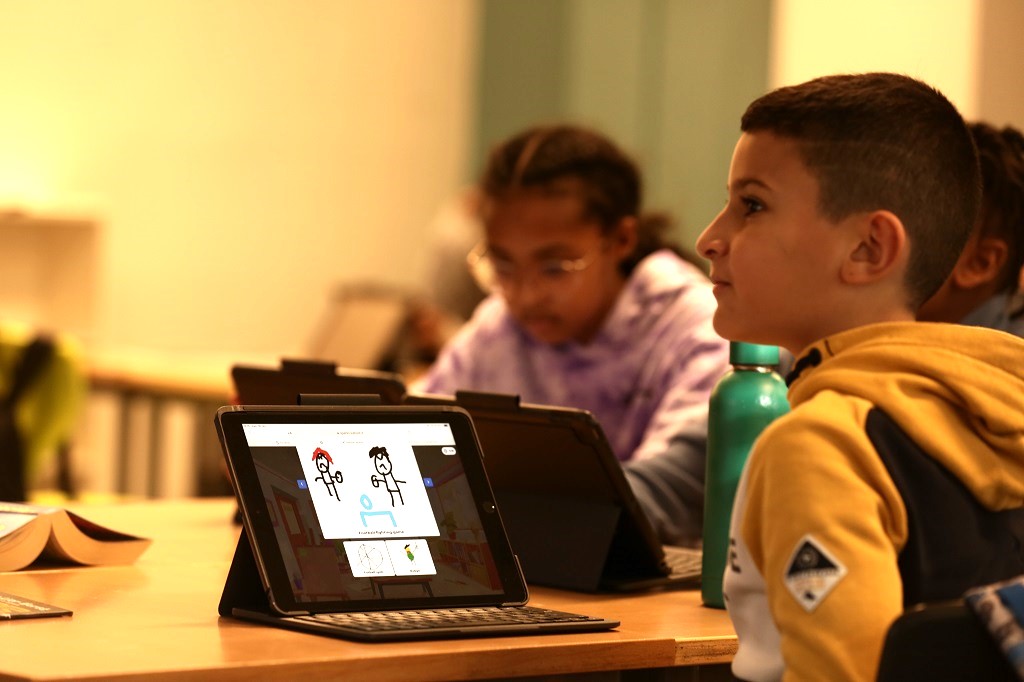Inclusivity is often named as a goal for learning designers, but creating truly inclusive digital learning solutions rarely happens by accident. Despite advancements in technology, EdTech still frequently offers a one-size-fits-all experience for students, geared not only towards neurotypical learners, but also to those with specific skills, interests, and ways of expressing themselves—often reflecting the experiences of the developers who created them. To break out of our habits and assumptions and design technologies that understand that all minds work differently, we need a new design process that puts inclusion at the center from day one.
To explore how learning designers and EdTech developers can do this, including how the Kahoot! team has implemented these methods for product design, we have published a new white paper, available to download now for free:
Designing for Inclusion, Designing for All: A mindset shift and practical approaches to further your journey toward inclusive design in EdTech

In the white paper, we break down why designers and developers should transform how they think about inclusivity, from being a “nice to have” to a foundational principle from early concept to launch. By doing this, designers can create products that are not only more supportive of neurodivergent students, but actually provide a better experience for all learners.
Starting with a foreword by David Rose, a renowned neuropsychologist who developed the field of Universal Design for Learning, the white paper offers a practical guide for any EdTech professional to bring inclusive design to their organization, even when starting small. It also offers educators and administrators an inside look at what inclusive EdTech should look like, and what you should look for when choosing EdTech solutions.
Accelerating inclusive playful learning with the LEGO Foundation
To show how Kahoot! is putting the principles of inclusive design into practice, this white paper tells the story of the Kahoot! team’s experience in the LEGO Foundation’s first-ever Play for All Accelerator, a program to foster innovation for more inclusive playful learning. We were fortunate to collaborate with incredible people from the LEGO Foundation and other participating organizations, and last year, we launched our Kahoot! for All campaign. Through this project, we launched the Uniting Minds collection of kahoots, which help foster understanding of neurodiversity and inspire conversations in the classroom about how each of us thinks differently.
We also developed and recently launched the Sparks tool – now available in early access on Kahoot! EDU – a new playful learning experience designed with inclusive design methods. Sparks ignites creativity and celebrates different forms of expression by inviting students to create, remix, and collaborate on innovative ideas. With Sparks, students can engage with the challenge in the way that fits them best, while all students can learn to appreciate different perspectives and ways of thinking among their peers.

We have learned so much throughout this journey to understand neurodiversity and how to support neurodiverse classrooms. Now, we want to share what we’ve learned with you, to inspire EdTech developers to adopt a more inclusive design process, and to equip educators with the knowledge to choose inclusive EdTech solutions.
After you explore the full insights of our white paper, we want to hear from you: what does an inclusive classroom or learning environment look like to you? How do you create inclusivity for your students who think and learn differently? Share your thoughts with us on Twitter, Instagram, Facebook, LinkedIn, and TikTok!




